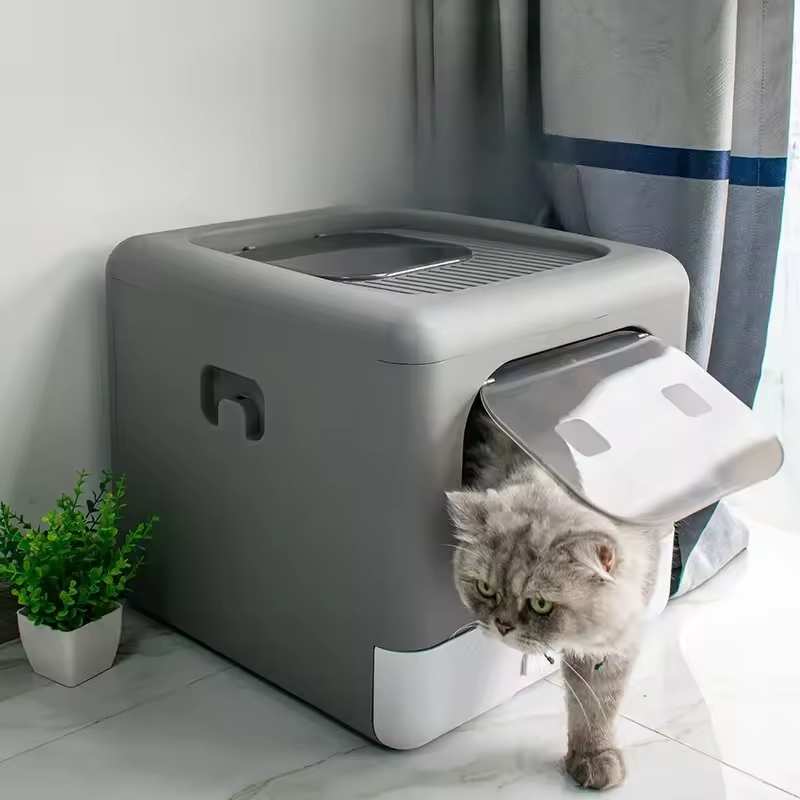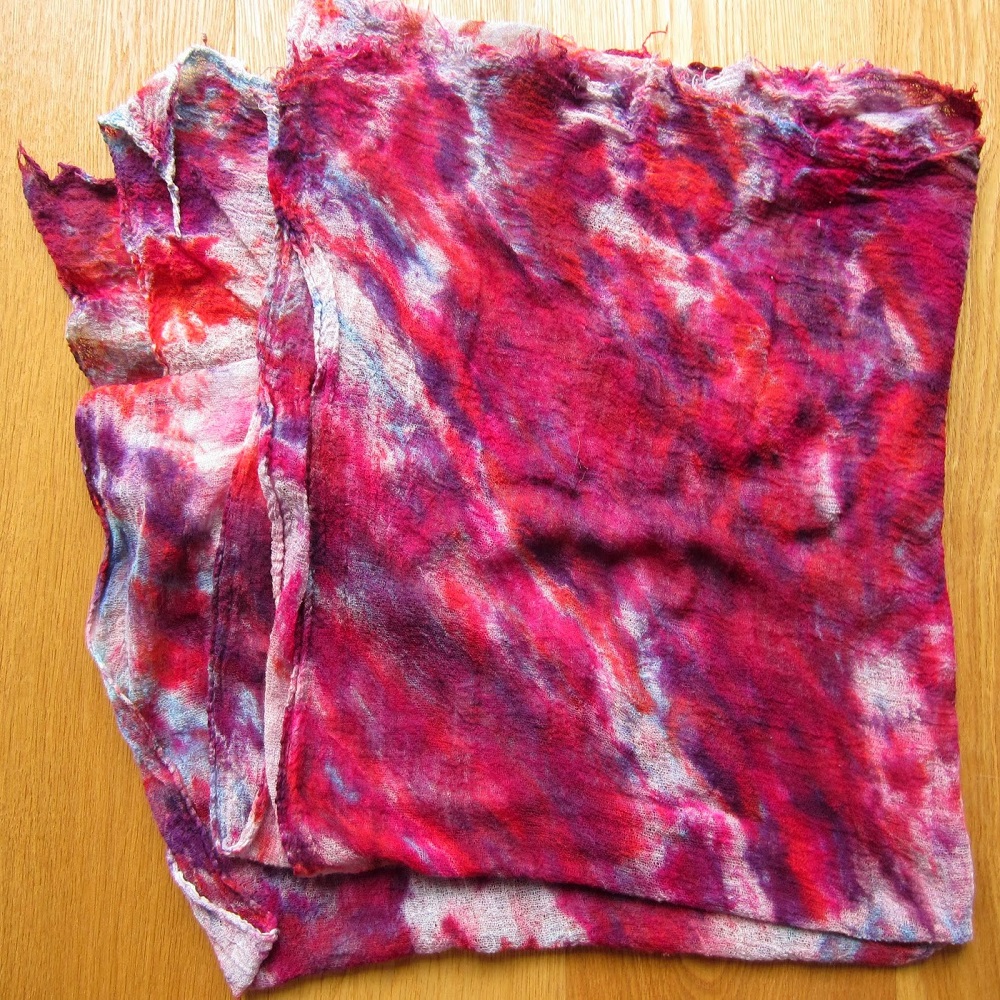Dyeing fabric is a fascinating and creative process that allows you to transform ordinary textiles into vibrant pieces of art. Whether you’re a seasoned crafter or a beginner, exploring different dyeing techniques can elevate your sewing projects and home decor. In this article, we’ll cover various dyeing methods, essential tips, and innovative ideas to get you started on your colorful journey.
Understanding Fabric and Dye Compatibility
The Importance of Fabric Types
Before diving into dyeing, it’s crucial to understand the types of fabric you’ll be working with. Different fabrics react differently to dyes due to their fiber content. Natural fibers such as cotton, linen, and silk absorb dyes well and produce vibrant colors. Synthetic fibers like polyester, on the other hand, require special dyes and may not achieve the same depth of color.
When choosing your fabric, consider what you intend to create. If you want a soft, breathable garment, cotton might be your best option. For items requiring durability, like upholstery, look into dyeing synthetic blends. Knowing the fabric type helps in selecting the right dye and method, ensuring successful results.
Choosing the Right Dye
Once you have your fabric, the next step is selecting the appropriate dye. There are various types of dyes available, including fiber-reactive, acid, and direct dyes. Fiber-reactive dyes are ideal for cotton and other cellulosic fibers, while acid dyes are suited for protein fibers like silk and wool. Direct dyes can be used on both natural and some synthetic fibers but may yield less vibrant results on synthetic materials.
Always check the dye instructions for compatibility with your chosen fabric. It’s also helpful to conduct a test swatch before fully committing to a project. This not only confirms the dye’s effectiveness but also helps you visualize the final color, which can sometimes differ from what’s shown on the packaging.
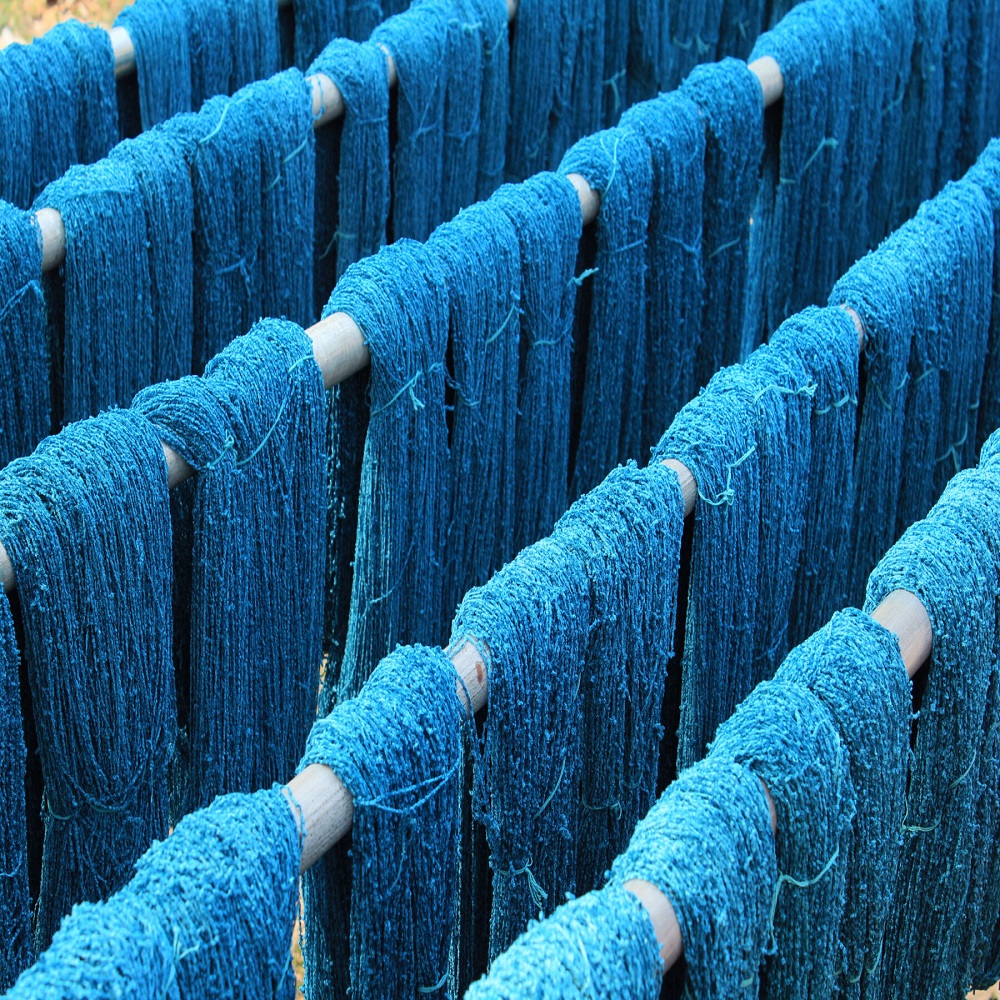
Basic Dyeing Techniques
Immersion Dyeing
Immersion dyeing is one of the most straightforward techniques for achieving a uniform color across your fabric. To start, prepare your dye bath by dissolving the dye in hot water, ensuring it’s well-mixed. Next, wet your fabric thoroughly to allow for even dye absorption. Immerse the fabric in the dye bath, stirring occasionally to prevent uneven spots. The longer you leave the fabric in the dye, the deeper the color will become.
Be mindful of temperature and time, as these factors significantly affect the final shade. For vibrant colors, it may take anywhere from 20 minutes to an hour. After dyeing, rinse the fabric under cold water until the water runs clear, then wash it with a gentle detergent to remove excess dye. This technique is perfect for large pieces, such as quilts or curtains, as it provides a consistent and rich color throughout.
Tie-Dye
Tie-dye is a fun and creative method that produces unique, multicolored patterns. To begin, gather your fabric, dye, and supplies like rubber bands or string. Pre-wash your fabric to remove any finishes that might prevent the dye from adhering. Once prepared, twist, fold, or bunch the fabric into various shapes and secure it with rubber bands.
Mix your dyes in squeeze bottles for easy application. Apply different colors to different sections of the fabric, experimenting with color placement and blending. After applying the dye, wrap the fabric in plastic wrap or a plastic bag to keep it damp. Allow it to sit for at least 6-8 hours, or overnight for more vibrant results. Once ready, rinse out the dye and remove the ties to reveal your stunning pattern. This technique is particularly popular for clothing and accessories, adding a bohemian flair to any wardrobe.
Advanced Dyeing Techniques
Shibori Dyeing
Shibori dyeing is a traditional Japanese technique that involves intricate folding, twisting, and binding to create stunning patterns. It’s more complex than basic tie-dye but offers breathtaking results. To start, prepare your fabric by washing it to remove any sizing. There are various shibori techniques, including arashi (pole wrapping) and itajime (clamping). Each method creates a distinct design, so choose one that resonates with you.
For arashi shibori, wrap your fabric around a pole and bind it tightly with string. For itajime, fold your fabric and clamp it between two pieces of wood. Once your fabric is secured, immerse it in a dye bath, ensuring the dye reaches all areas. After dyeing, rinse and dry the fabric to reveal beautiful patterns that reflect the depth and intricacy of this ancient art form. Shibori-dyed fabrics work wonderfully for home decor items like cushions and curtains, as well as clothing.
Ombre Dyeing
Ombre dyeing is a gradient technique that creates a beautiful transition from one color to another. It’s a great way to add a touch of elegance to your projects. To achieve an ombre effect, start by preparing your dye bath, but this time, dilute the dye with more water to create lighter shades. Dip one end of the fabric into the dye, allowing it to soak for a few minutes, then gradually lift it out, letting the dye fade as you go.
For a seamless gradient, you can manipulate the fabric’s position in the dye bath, dipping only a portion of it at a time. This method works well for scarves, skirts, and other garments, providing a sophisticated look. After dyeing, rinse and dry your fabric, marveling at the lovely ombre effect you’ve created.
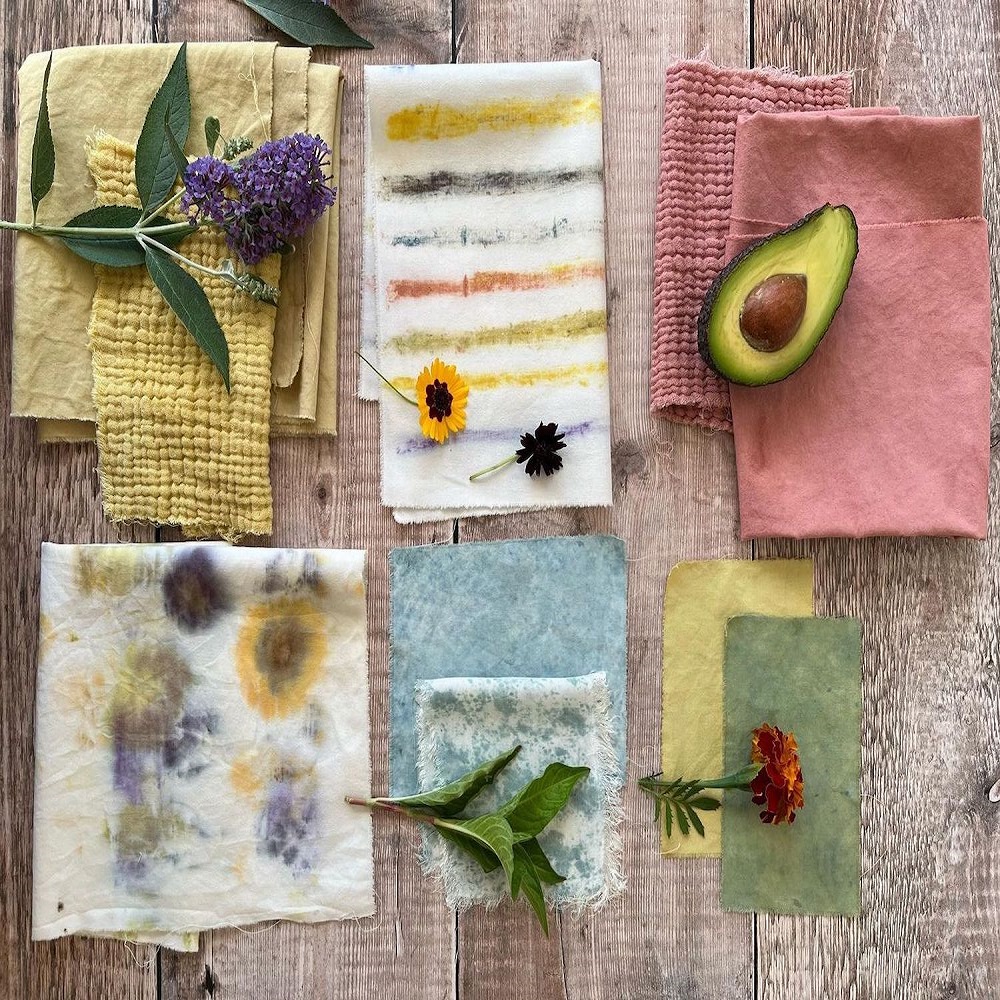
Tips for Successful Fabric Dyeing
Preparing Your Workspace
A well-prepared workspace is essential for successful fabric dyeing. Start by covering surfaces with plastic or old newspapers to protect them from stains. Wear gloves to protect your hands, and have all your supplies organized and within reach, including dyes, brushes, and containers. Proper ventilation is important, especially when working with chemical dyes, so choose a well-ventilated area or work outdoors if possible.
Make sure to have enough water for rinsing and cleaning your tools afterward. Preparation not only enhances your comfort but also contributes to the overall success of your dyeing project. A clean and organized workspace allows you to focus on your creativity without worrying about messes or accidental spills.
Safety Precautions
While dyeing can be a fun and fulfilling activity, safety should always be a priority. Many dyes contain chemicals that can be harmful if ingested or inhaled, so always wear gloves and a mask if necessary. Keep your workspace well-ventilated and avoid eating or drinking in the area to prevent accidental ingestion of dye materials.
If working with hot water or chemicals, exercise caution and follow all safety guidelines provided with your dyes. Store dyes and chemicals out of reach of children and pets. By taking these precautions, you can enjoy your dyeing projects safely and effectively.
Creative Ideas for Dyeing Projects
Upcycling Clothing
One of the most rewarding aspects of fabric dyeing is the opportunity to upcycle old clothing. Instead of discarding garments that have seen better days, consider giving them a fresh new look through dyeing. Simple techniques like tie-dye or ombre can breathe new life into faded jeans, plain t-shirts, or drab dresses.
Experiment with different colors and patterns to create one-of-a-kind pieces that reflect your style. Not only is this environmentally friendly, but it also allows you to express your creativity and personal taste. Upcycling through dyeing can turn your wardrobe into a vibrant collection of unique items that stand out from the crowd.
Home Decor and Accessories
Dyeing isn’t limited to clothing; it can also enhance your home decor. Consider dyeing tablecloths, pillowcases, or curtains to add a splash of color to your living space. Techniques like shibori or ombre can create stunning visual effects that serve as conversation starters in any room.
You can also dye smaller items, such as throw pillows or fabric baskets, to coordinate with your home’s color scheme. Experimenting with colors and patterns can transform your home into a more inviting and personalized space. Plus, creating your own dyed decor allows you to showcase your creativity and craftsmanship.
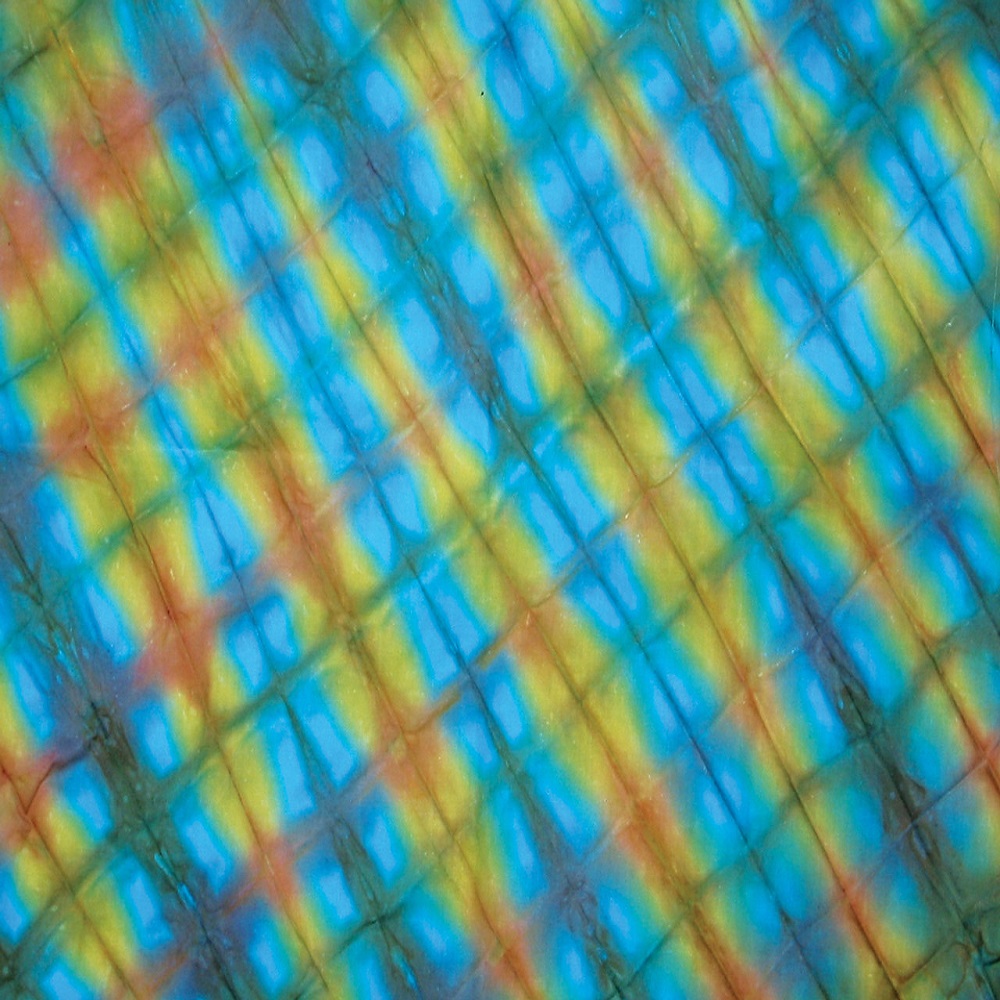
Conclusion
Dyeing fabric is a captivating art that opens up a world of creativity. From basic immersion techniques to intricate shibori patterns, there’s no limit to what you can achieve with dye. By understanding fabric types, selecting the right dyes, and applying various techniques, you can create stunning textiles that reflect your unique style.
Whether you’re upcycling old clothes or enhancing your home decor, the vibrant colors and patterns you create will surely inspire others. So gather your supplies, unleash your creativity, and dive into the colorful world of fabric dyeing. Each project you undertake will not only brighten your surroundings but also deepen your appreciation for the art of dyeing. Happy crafting!



